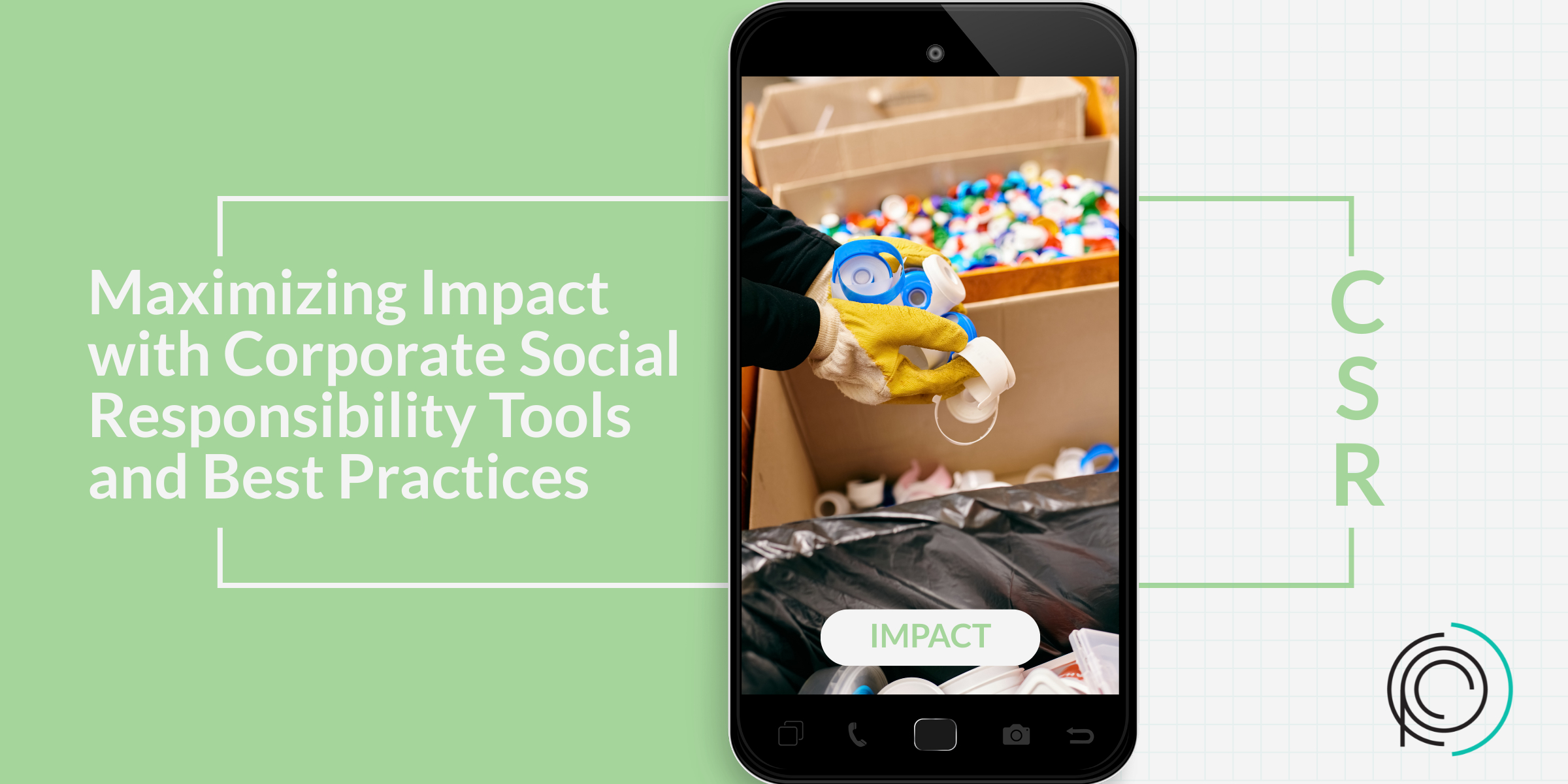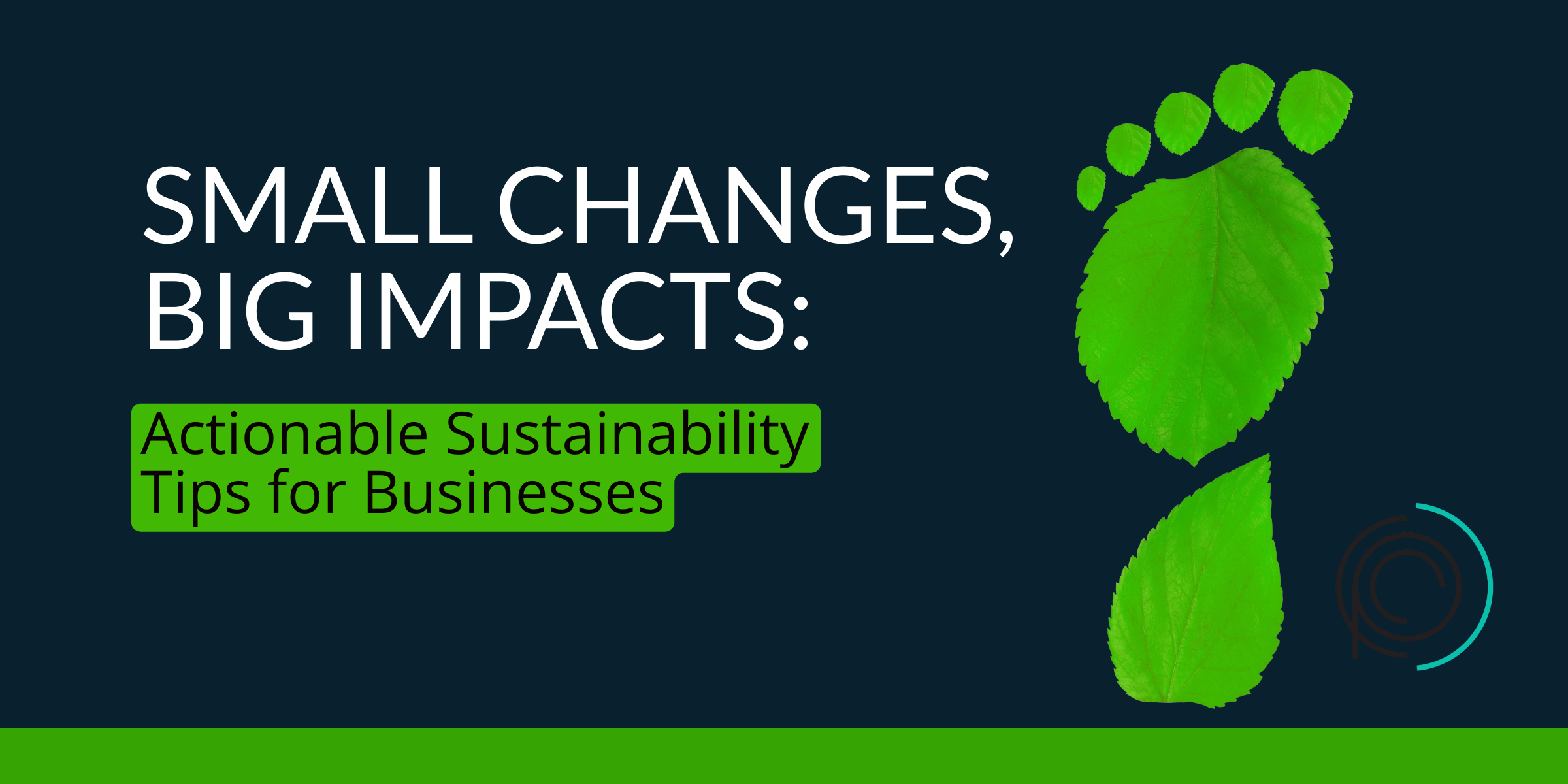Embracing the Journey: Unlocking Continuous Improvement for Lasting Success
Perfection isn’t merely a final destination—it’s a continuous journey that unfolds over time through the pursuit of gradual enhancements. Interestingly, McKinsey’s research highlights a compelling example where one of its clients dramatically reduced the time involved in product testing by a staggering 80%. This significant time reduction was achieved through the implementation of various small, yet impactful, changes to its operational processes, leveraging the principles of continuous improvement. This instance is not an isolated success but a testament to the potential of iterative changes in achieving substantial improvements.
Let’s delve deeper into the concept of continuous improvement and explore related methodologies such as root cause analysis. Continuous improvement, often referred to by its Japanese term, “Kaizen,” is the philosophy of seeking out opportunities for enhancements at every juncture and implementing small, incremental changes that collectively lead to significant advancements in efficiency, quality, and performance. This approach not only optimizes processes but also fosters a culture of proactive problem-solving and innovation within organizations.
Root cause analysis complements the continuous improvement process by providing a systematic method to identify the underlying reasons for issues or bottlenecks within processes. By pinpointing and addressing the root causes of problems, rather than just treating their symptoms, organizations can implement solutions that prevent recurrence, leading to more sustainable and long-term improvements.
Together, continuous improvement and root cause analysis form a robust framework for organizations aiming to cultivate a competitive edge through operational excellence and innovation. By embracing these practices, businesses can navigate the complexities of their industries more effectively and position themselves for enduring success.
What is continuous improvement?
The concept of continuous improvement, widely recognized as kaizen, originates from the Japanese term meaning “change for the better.” This principle gained prominence through its successful application at Toyota, a global automotive leader. The company revolutionized its operational strategies by instilling a culture of continuous improvement. This culture empowers every employee, regardless of their position, to actively seek out and address inefficiencies and issues within the company’s processes and operations. At the heart of this approach is a focus on minimizing three primary types of waste: Muda (unnecessary waste), mura (inconsistency), and muri (overburden or undue stress).
Toyota’s implementation of continuous improvement goes beyond merely identifying and eliminating waste; it involves a systematic approach to enhancing productivity and efficiency at every level of the organization. Employees are encouraged to collaborate and innovate, contributing to ongoing improvements that benefit both the company and its customers.
It’s important to distinguish continuous improvement from similar-sounding concepts such as continual improvement or continuous delivery. While they may seem related, continuous improvement is a broader organizational philosophy that encompasses more than just product updates. Continual improvement refers to an ongoing effort to improve products, services, or processes over time. On the other hand, continuous delivery is a software development practice that focuses on producing software in short cycles, ensuring that it can be reliably released at any time.
The underlying philosophy of continuous improvement teaches us that no process or practice is ever perfect; there’s always room for making things better, more efficient, or more effective. By adopting a mindset of constant, incremental progress, organizations can foster a more dynamic, adaptable, and ultimately successful business model.
Features of continuous improvement are characterized by several key elements that contribute to its effectiveness:
- Inclusivity in idea generation: Every member of the organization is encouraged to share their thoughts and suggestions. This democratic approach ensures a diverse range of perspectives and fosters a culture of involvement and ownership among all employees.
- Proactive problem-solving: There is a strong emphasis on encouraging team members to identify and communicate about minor inefficiencies or issues before they escalate into more significant problems. This proactive stance helps in addressing potential challenges early and maintaining smooth operations.
- Regular review and assessment: The company commits to frequently reviewing its progress and actively searching for areas of improvement. This continuous evaluation process enables the organization to stay aligned with its goals and adapt to changing circumstances effectively.
- Ongoing optimization of processes: There is a commitment to the consistent updating and refining of processes and routines over time to ensure they remain the most effective and efficient. This commitment to evolution and adaptability helps the organization maintain a competitive edge and continuous improvement in performance.
By strategically integrating these features, continuous improvement evolves into a comprehensive approach that propels the organization toward a path of excellence. This methodology ensures the organization is well-equipped to adapt and flourish in the rapidly changing business landscape, thereby securing a competitive edge and fostering a culture of innovation and resilience.
The PDCA Model Explained
With the foundational knowledge in place, let’s delve into the application of continuous improvement in any organization or process. Among the myriad of methodologies available, the PDCA (Plan-Do-Check-Act) cycle stands out as a particularly effective approach.
1. Plan: This initial step is critical, as it involves identifying a specific opportunity for enhancement within the organization or process. The planning phase requires a meticulous approach, including the collection and analysis of relevant data, a thorough assessment of current operations, and the establishment of clear, measurable goals for the impending change. It’s not just about spotting what needs improvement but understanding the root cause and devising a strategic plan to address it effectively.
2. Do: With a plan in place, the next step is to put it into action. However, this implementation phase is conducted on a small scale initially. This controlled environment allows for testing the change, ensuring any adjustments are manageable and the impacts are closely monitored. This approach minimizes risk and allows for a more precise assessment of the change’s efficacy.
3. Check: Following the implementation, this phase focuses on evaluating the outcome of the change. The key activity here is a detailed comparison of the results against the objectives outlined in the planning stage. This analysis is crucial for understanding whether the change has moved the needle in the desired direction and to what extent. It’s a stage ripe for gathering insights and learning from both successes and setbacks.
4. Act: The final step of the cycle is based on the insights gathered during the evaluation phase. If the results indicate that the change has been beneficial and meets the set goals, then the decision is made to implement it on a broader scale. Conversely, if the change does not produce the desired results, it’s back to the drawing board. This might involve tweaking the original plan and testing a modified version or, if necessary, identifying entirely new avenues for improvement. In either case, the cycle prepares to begin anew.
The beauty of the PDCA model lies in its cyclical nature. It’s not a one-time fix but a philosophy of ongoing improvement. By continually repeating these steps and incorporating feedback from each iteration, organizations can foster a culture of perpetual enhancement, always striving for better results and more efficient processes.
Root cause analysis is a pivotal technique in the arsenal of continuous improvement strategies. This method, as implied by its name, is centered around a diligent and systematic approach to identifying the fundamental reasons behind issues or problems. The essence of root cause analysis lies in the persistent questioning of circumstances – primarily by asking “why” repeatedly. This questioning drills down deeper into the layers of a problem, peeling them back one by one until the core issue is uncovered.
Consider the scenario of an electronics manufacturer grappling with a high defect rate in one of its product lines. Initial investigation might reveal that the flaws are due to substandard raw materials. However, root cause analysis doesn’t stop there. The company would then delve into questioning why the raw materials did not meet quality standards. Was it a supplier issue? Was there a lapse in the quality control process? These questions lead to more questions, creating a chain of inquiry that eventually leads to the true root cause.
Once the root cause is identified, the next phase involves devising and implementing solutions targeted specifically at these root issues. It’s important to note that finding effective solutions often requires experimentation and multiple attempts. Each solution is applied and then monitored for effectiveness, with the cycle of analysis and adjustment repeating as necessary until the desired level of improvement is achieved.
This methodical approach not only addresses the immediate problems but also contributes to a culture of continuous improvement and problem-solving within the organization. By investing in root cause analysis, companies can enhance their operational efficiency, reduce costs, and improve product quality, ultimately leading to higher customer satisfaction and business success.
Lean Kanban
The lean Kanban method stands as a prominent visual process management tool, initially pioneered by Toyota, aimed at propelling organizations toward the enhancement of their workflow efficiencies.
At the heart of the lean Kanban method lies the strategic use of a visual board designed to meticulously track the progress of tasks. This board is conventionally segmented into three distinct columns: Requested, In Progress, and Done. Each task within the workflow is represented by a card, which, as tasks progress through the various stages of completion, is transitioned from one column to the next. This system provides a clear, visual representation of the workflow, allowing team members to quickly ascertain which tasks are currently underway, who holds responsibility for them, and their precise stage within the overall process.
The method is built around six core aspects, each designed to streamline and enhance productivity within an organizational context:
- Visualizing workflow: By making the flow of work visible, it becomes easier for team members to understand the sequence of tasks and identify any bottlenecks or inefficiencies.
- Eliminating interruptions: A focus on reducing interruptions in the workflow helps in maintaining a smooth and continuous process, thereby aiding in the prevention of task pile-up and work-in-progress overload.
- Managing flow: By actively managing the flow of work, organizations can ensure that tasks move through the process at an optimal pace, avoiding both slowdowns and overwhelming speed-ups.
- Making process policies clear: Establishing and communicating clear process policies ensures that all team members are on the same page, which aids in consistency and efficiency.
- Creating feedback loops: Feedback loops are vital for continual improvement. They allow for the regular exchange of information on performance and process effectiveness, facilitating adjustments and enhancements.
- Improving collaboration: By fostering an environment that encourages collaboration, the lean Kanban method helps teams work together more effectively, leveraging diverse skills and perspectives for better outcomes.
It’s important to note that adopting the lean Kanban method doesn’t necessitate the exclusion of other methodologies. In fact, it’s quite flexible and can be effectively used in conjunction with other process improvement tools such as PCDA (Plan-Do-Check-Act) or root cause analysis. This adaptability allows organizations to tailor their approach to process management in a way that best suits their unique needs and objectives, enhancing their ability to achieve streamlined workflows and improved productivity.
Embark on the Journey of Improvement
As evident, there exist numerous methods to engage in continuous improvement, each capable of yielding significant outcomes. However, the pivotal factor is initiating action. The journey of enhancement begins with the willingness to take those initial, decisive steps toward betterment.
At our core, we are committed to being your ally in the realm of continuous improvement, offering services that are meticulously customized to meet the unique demands of your organization. Our expertise lies in crafting strategies that align with your specific goals, ensuring that the path to improvement is both effective and sustainable.
Should you wish to dive deeper into how we can facilitate your continuous improvement journey, contact us to arrange a detailed consultation. Together, we can explore the myriad of ways in which we can support your ambition to evolve and excel continually.







